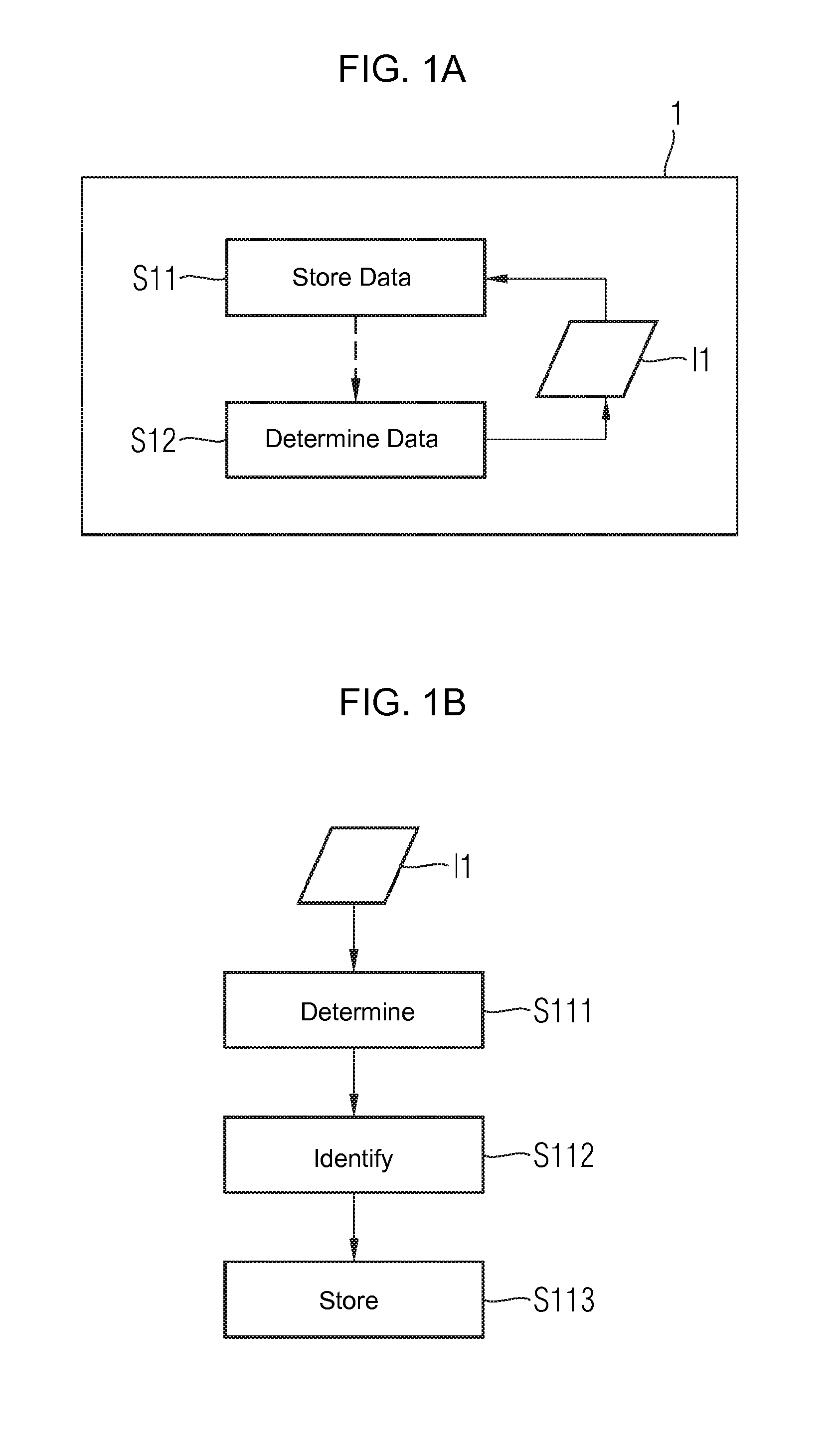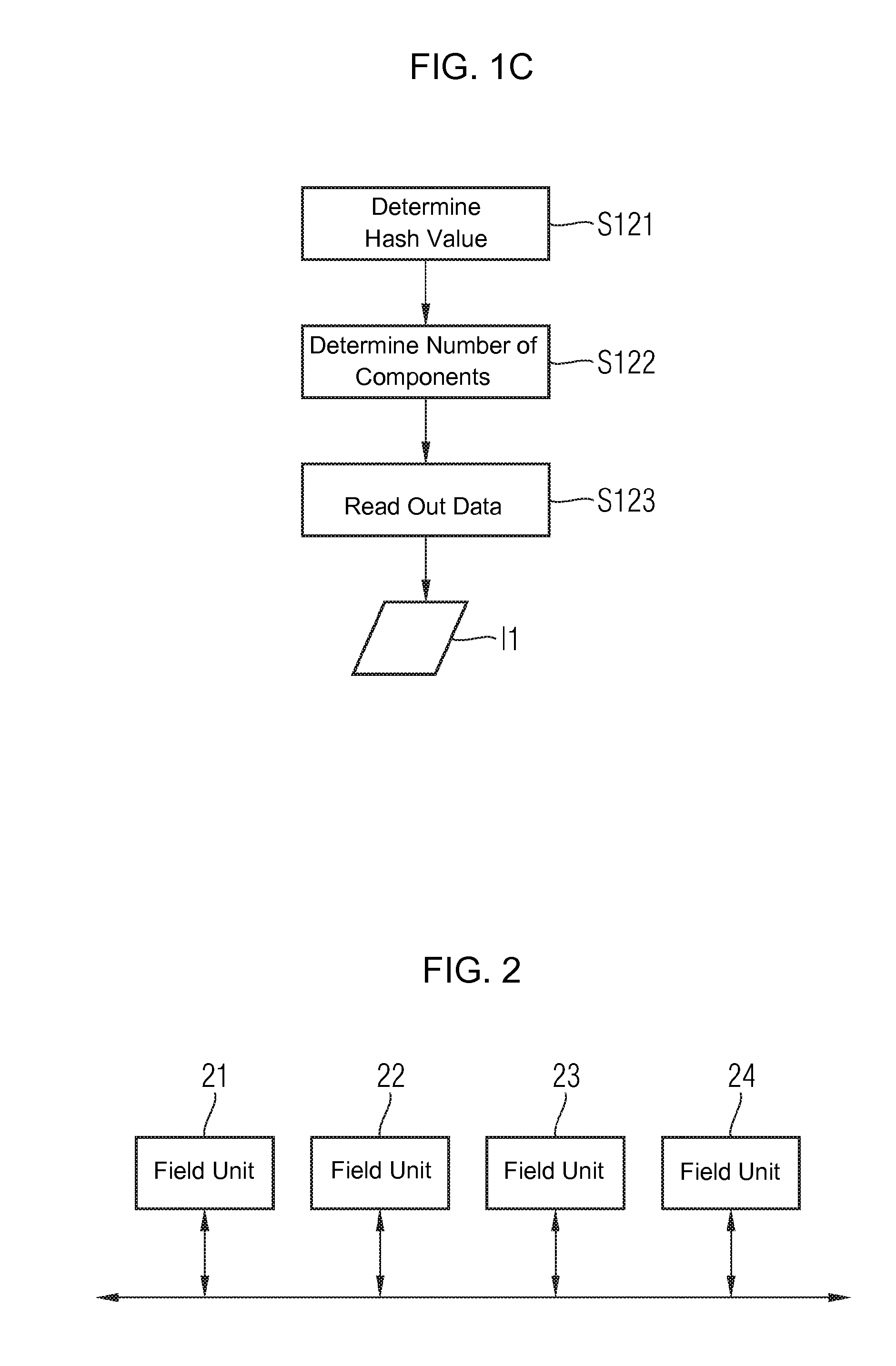Error detection in a networked embedded system
a networked embedded system and error detection technology, applied in the field of networked embedded systems, can solve the problems of difficult or even impossible to gain access to error and/or diagnostic data relevant to some or all of the affected components, complex diagnosis of errors, labor-intensive and time-consuming
- Summary
- Abstract
- Description
- Claims
- Application Information
AI Technical Summary
Benefits of technology
Problems solved by technology
Method used
Image
Examples
Embodiment Construction
[0034]The exemplary embodiments described below explain the method for detecting errors in a networked embedded system. The method constitutes a distribution of information relevant to the components, which is to say error and status data, of all components in an information space. The information space is formed by all the components present in the system. All the components involved in this information space make storage available for the purpose of backing up status data of other components. The status data of a specific component is stored on the component itself in exceptional cases only. In order to increase the reliability of the information space, all the information can be stored redundantly multiple times. Information is located in the information space by means of mechanisms which are dependent on the type of information distribution. In order to stabilize the information space it is necessary to detect the failure of a component as quickly and reliably as possibly so tha...
PUM
 Login to View More
Login to View More Abstract
Description
Claims
Application Information
 Login to View More
Login to View More - R&D
- Intellectual Property
- Life Sciences
- Materials
- Tech Scout
- Unparalleled Data Quality
- Higher Quality Content
- 60% Fewer Hallucinations
Browse by: Latest US Patents, China's latest patents, Technical Efficacy Thesaurus, Application Domain, Technology Topic, Popular Technical Reports.
© 2025 PatSnap. All rights reserved.Legal|Privacy policy|Modern Slavery Act Transparency Statement|Sitemap|About US| Contact US: help@patsnap.com



